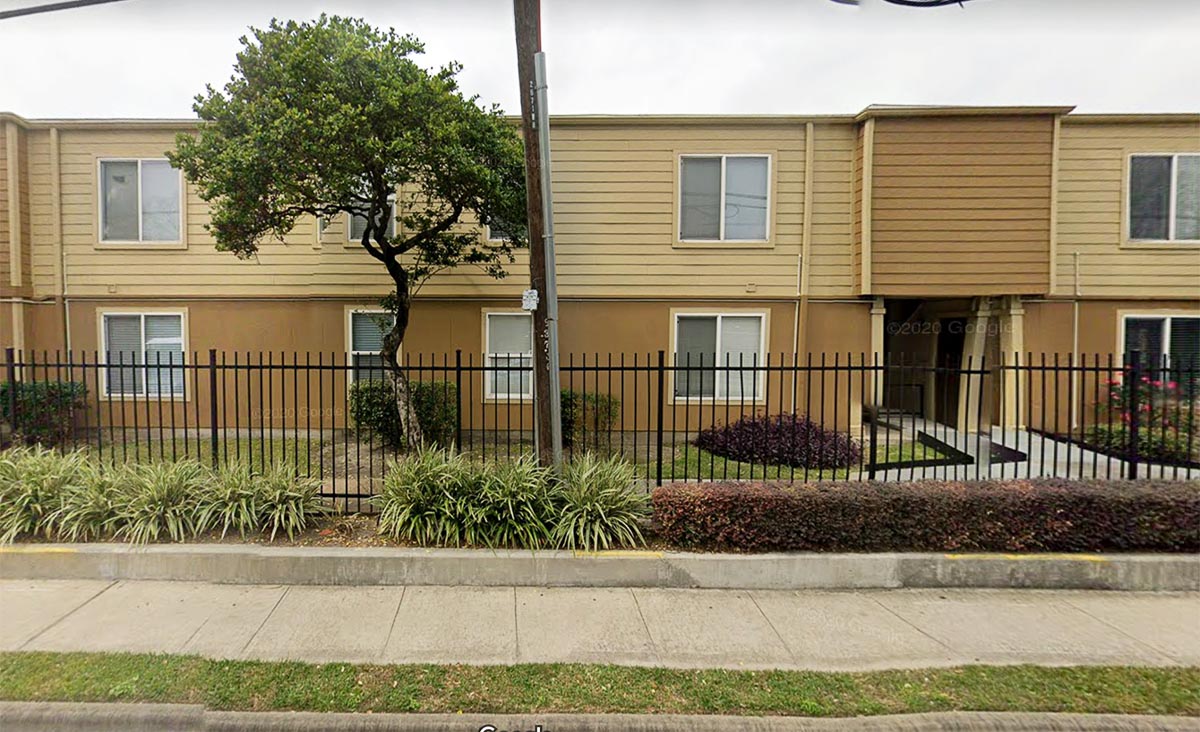Earlier this summer, the Kinder Institute for Urban Research released its 2020 State of Housing in Harris County and Houston report, which set up a foundation of consistent and accessible information about housing-related issues that are relevant to all Houstonians and Harris County residents. It’s the first of what will be an annual report on the continued analysis of year-to-year data, with the goal of tracking trends in the region’s evolving housing system.
Want to engage more with housing issues in the Houston area? The Kinder Institute for Urban Research has been enlisted by Harris County to conduct a housing study examining the types and prices of homes needed in our communities. Your input will help shape future policies, investments and programs in the county. Take the My Home is Here survey today.
One of the key findings in the inaugural report is the growing distance between where Harris County residents live and where they work. Harris County is the center of the job and economic activity in the Houston Metropolitan Statistical Area; however, the population outside of the county is growing at a faster rate than within it. A range of factors such as lower home prices and perceptions about school quality may be driving the trend and it is creating a mismatch between where homes and jobs are located.
Using the U.S. Census Bureau’s Longitudinal Employer-Household Dynamics (LEHD) residence and workplace characteristics, our team of researchers found that, between 2010 and 2017, the top “home” locations for low-wage workers remained the same while the areas where low-wage “work” is located have moved beyond Houston’s urban core and are now concentrated in the suburbs.
This spatial mismatch between work and home results in major transportation costs for Harris County households, particularly low-income households. The addition of significant costs that come from owning and maintaining a car places a strain on household incomes. The average Harris County household spends a combined 47% of their income on housing plus transportation.
The visualizations below explore in greater detail the dynamics of these evolving home and workplace characteristics.
The LEHD income definitions divide workers into categories of low-, mid- and high-wage earners, as the table below shows:

Among low-wage workers, there has been a push outside of the of the 610 Loop for both home and job locations, with the exception of a few major job hubs around Downtown and the Texas Medical Center. Even more striking is the fact that this same push is true for mid-wage workers for both neighborhoods inside the 610 Loop and Beltway 8. In fact, the only income group that has benefited from growth in home and job locations across the county has been for high-wage earners. High-wage earners have only seen a net decline in residency in Clear Lake, Taylor Lake Village and Tomball Southwest.
A closer look at the top five home and work areas of low-wage workers also begins to show heterogeneity within the neighborhood. Much of the northern and eastern sides of Pasadena have seen a net loss in residents along with the central portion of South Belt/Ellington area. Among the top work areas for low-wage workers, only Downtown has seen a uniform increase in job opportunities.
Though it wasn’t included in the report, we also calculated the linear distance between a worker’s home census block and their work census block. Needless to say, this linear distance is a crude approximation for an actual commute because it does not factor in the actual commute path and traffic. For low-wage workers, the median distance traveled increased from 10.08 miles in 2010 to 10.28 miles in 2017, while the farthest distance traveled increased from 51.27 miles in 2010 to 59.66 miles. As the table below shows, all wage levels saw a similar increase; however, with less disposable income, a longer commute has a more significant impact on the amount of money low-wage workers have to spend on essential goods and services.

The dynamics of home locations and work destinations are always evolving. And the major job centers have shown tenacity in their dominance. However, with low- and mid-wage workers increasingly residing outside of the urban core and facing longer commutes, an increased strain is put on their livelihoods. There is a tightening in the affordability of housing in Houston and Harris County, but not solely the result of rents rising faster than income levels, but because there is a greater disparity between supply and demand of affordable housing in the urban core of Houston and Harris County.

